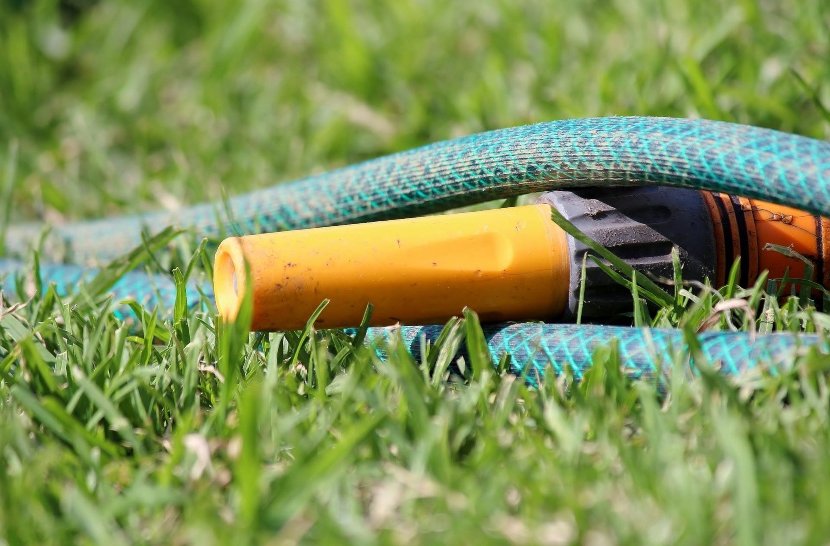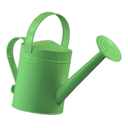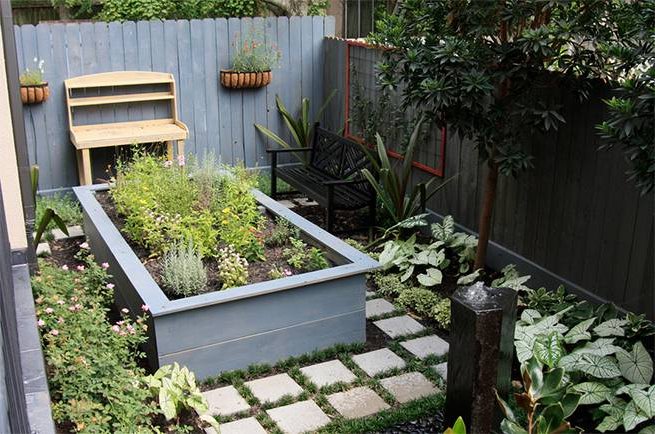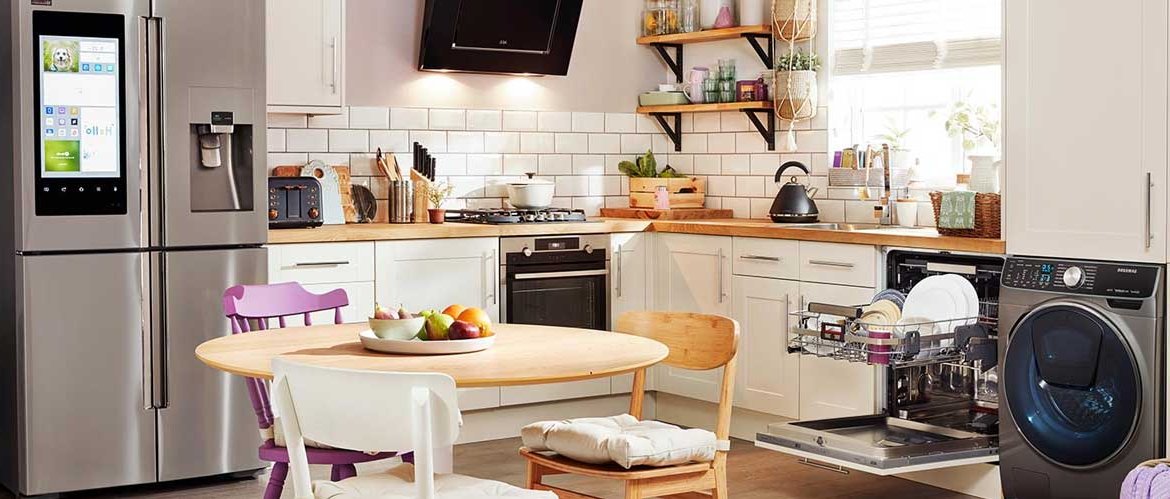10 tips to save irrigation water
It is no secret that plants have unquestionable benefits in the home. So much so that few can resist including one or more potted plants as part of the interior decoration. Having a patio or garden is even more conducive to surround yourself with natural charms, although their maintenance requires some responsibility. Saving irrigation water is one of the issues to be addressed if, in addition to enjoying your plants, you do not want their care to be a disaster for your household economy.
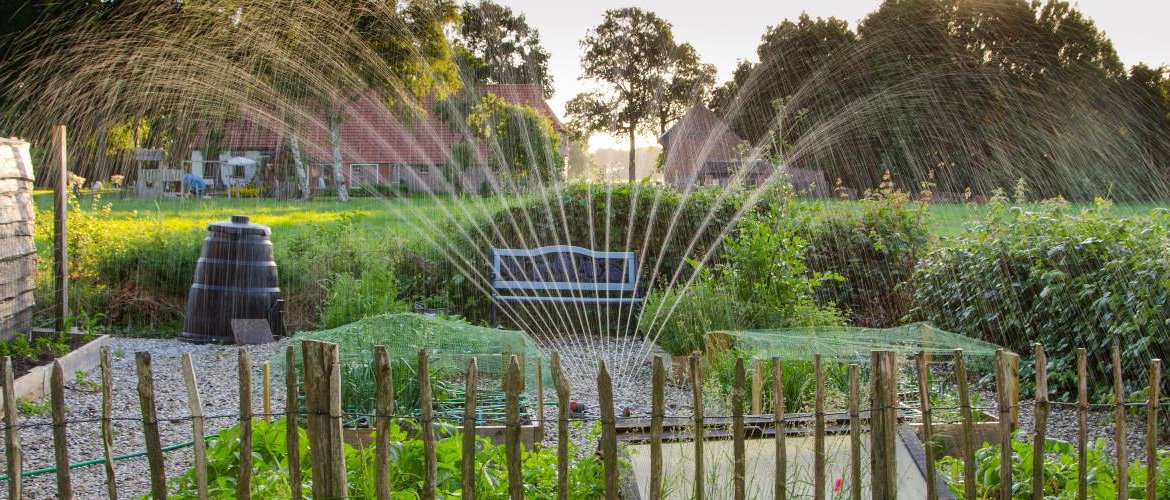
The idea of saving irrigation water is not only a matter that has a direct effect on your consumption or the bill itself, but it will make your patio, garden or terrace a more sustainable space.
The first step is to choose wisely the species that you will include in your particular 'Garden of Eden'. It doesn't matter if you have a large patio or a small balcony. The key is to choose native species. This type of specimens does not require extra hydric contributions but, in general, they are adapted to the conditions of the soil and the climatology of the area.
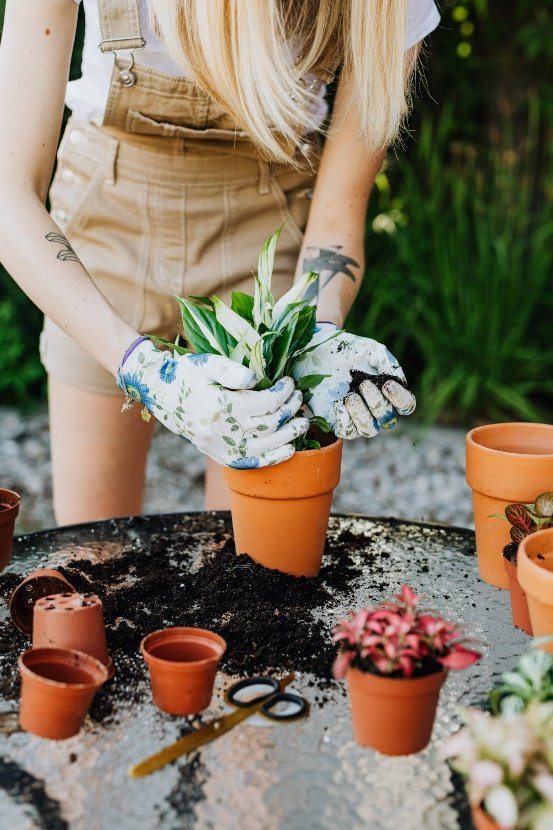
It is also important to divide the garden by irrigation zones. If you group the species according to their needs, it will not only be easier to allocate the amount of water needed in each case. In addition, you will minimize the risk that they will end up suffering damage from too much or too little water, partly due to the mix of plants.
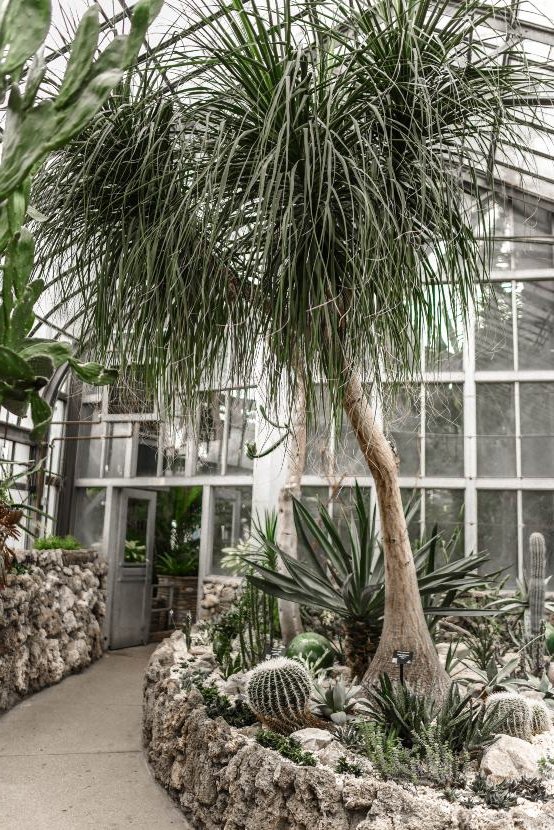
Another essential trick you should put into practice to save water for irrigation is to be clear about the best time to turn on the tap. Unlike what happens with light, here the rate is always the same, but your plants will not behave the same if you water them in the morning as if you do it at sunset. Experts recommend watering in the afternoon or evening to reduce the risk of evaporation.
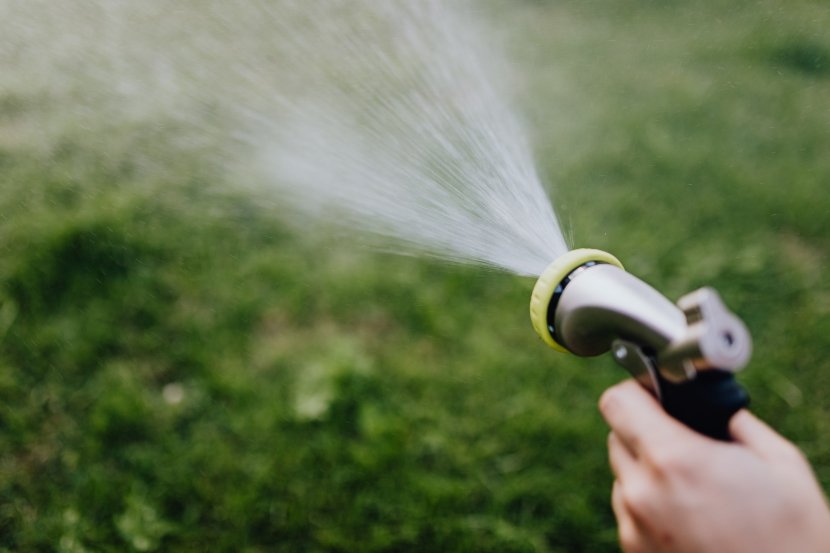
Choosing the right plants to include in the design of your exteriors will be key to save irrigation water, especially if you opt for native species adapted to the conditions of the area.
The automation of irrigation systems is another key aspect if you want to save money. Drip irrigation is one of the most popular options, although systems that use different accessories to offer a more efficient irrigation (sprinklers, diffusers...) are also valid.
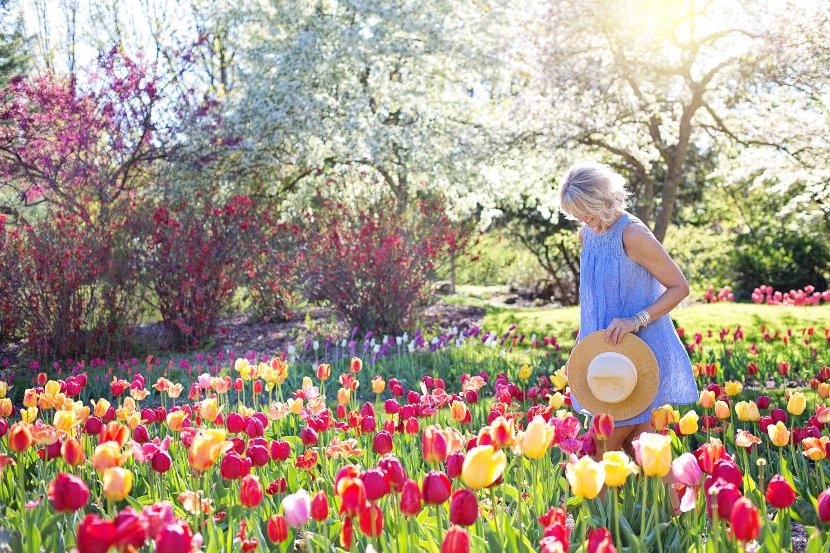
Adding a timer to your irrigation system will be a great help in controlling water consumption. However, it is not the only thing you can add. The market evolves as technology does and, in this sense, it is not superfluous to include rain sensors capable of detecting when nature becomes your ally and allows you to suppress a programmed irrigation.
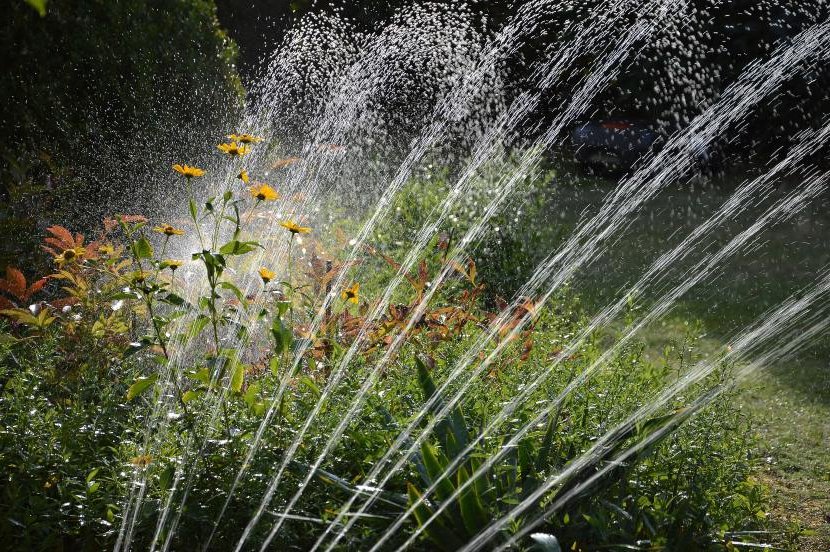
Precisely, taking advantage of rainwater is another way to save irrigation water. In addition to placing the pots in a strategic position to receive it in the event of a storm, you can set up a series of tanks to collect it as it falls. In this way, not only will you ensure that your plants are watered during the storm, but you can also take advantage of its effects to reduce your consumption on subsequent days.
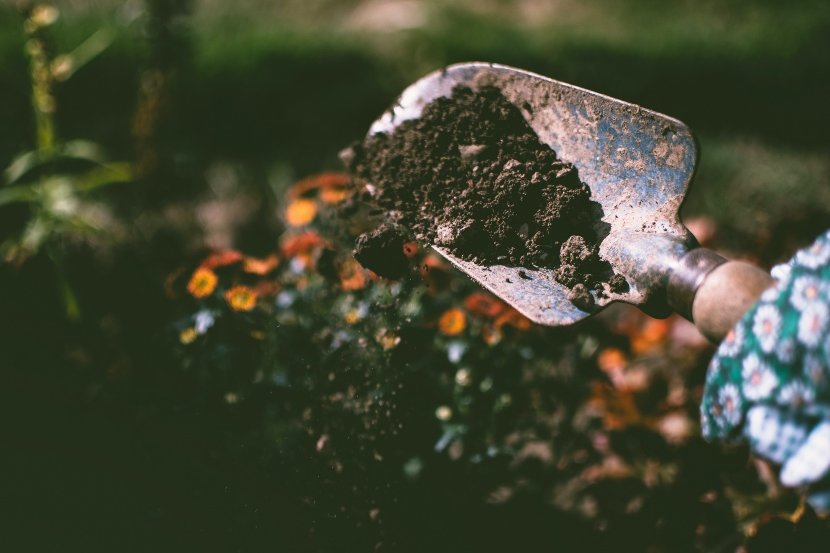
One of the most water-consuming elements in a garden is the lawn. However, it is also possible to make savings in its care. Before sowing it, it is advisable to get advice on the best variety for your area but, beyond the planting phase, it is important to pay some attention to it to reduce its water consumption. Did you know that a long lawn requires more water than a short one? Its height influences its consumption, so it is important to mow it regularly, making sure that the mower blades are sharp.
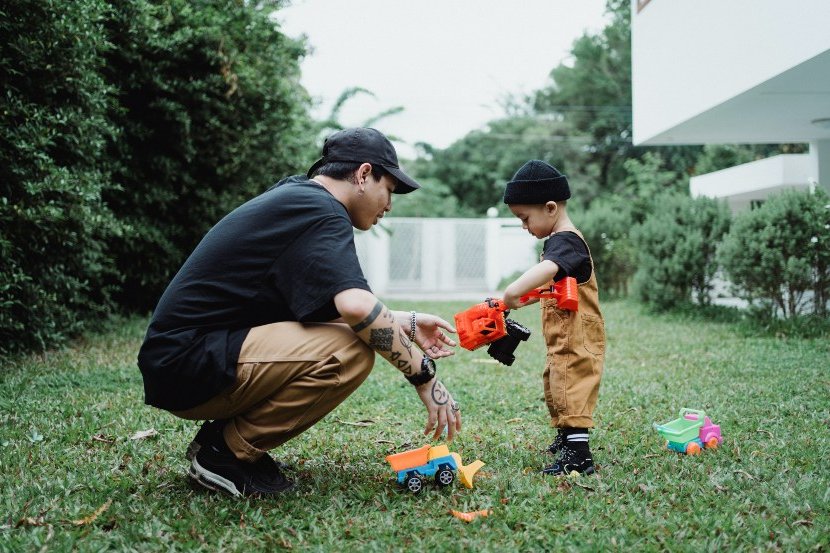
Automating the systems or providing proper maintenance to both the tools and the plants themselves is another key to saving irrigation water in your home.
Just as important as choosing the right species is controlling competition. Weeds can be a threat to your plants, but they can also be a water stress. Therefore, it is best to remove them as soon as they appear and keep your flower beds and planters free of leaves and dry branches or weeds.
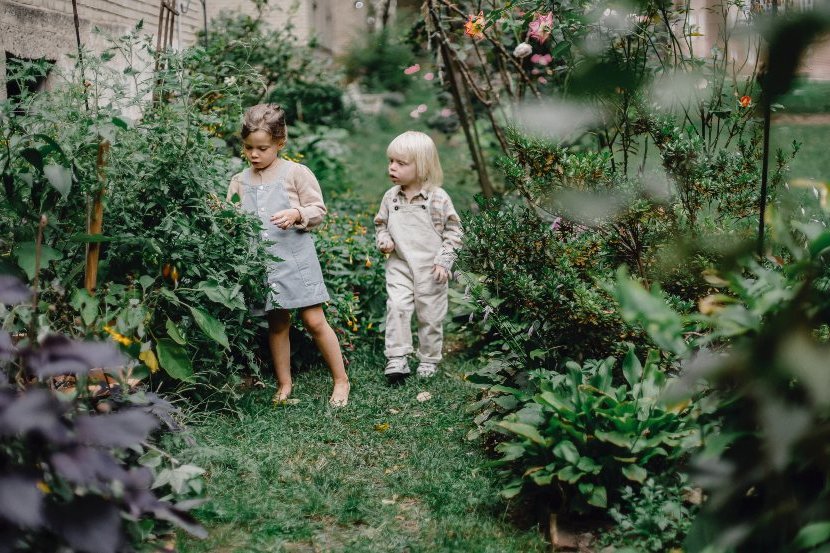
Although it may seem otherwise, your hose is not a broom. In fact, using it as such can ruin your plans to save irrigation water. To remove any leaves, pollen or similar debris, nothing like a little exercise with a broom or, failing that, use a leaf rake or rake.
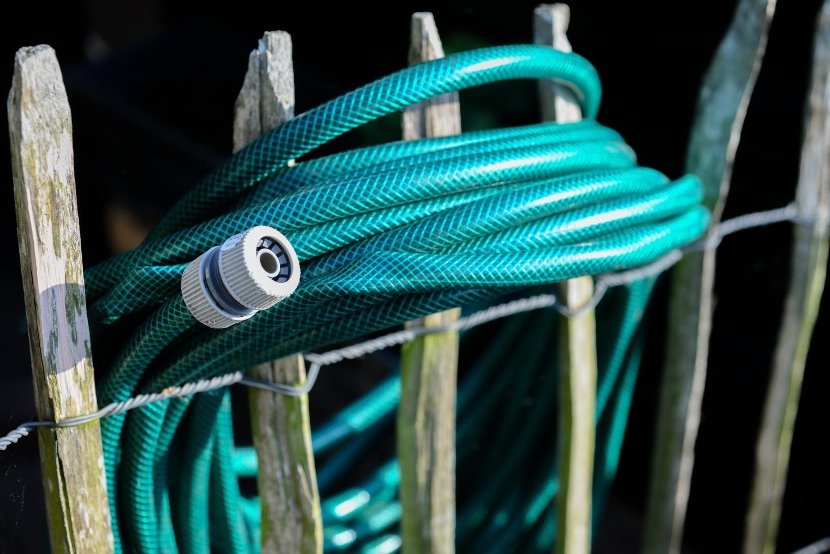
It is not only the maintenance of your garden that is important for efficient water consumption. You should also always have your tools ready. Hoses, watering cans, fittings and any other element of your irrigation system should be checked frequently to make sure they are correct and avoid, for example, the risk of leaks.
